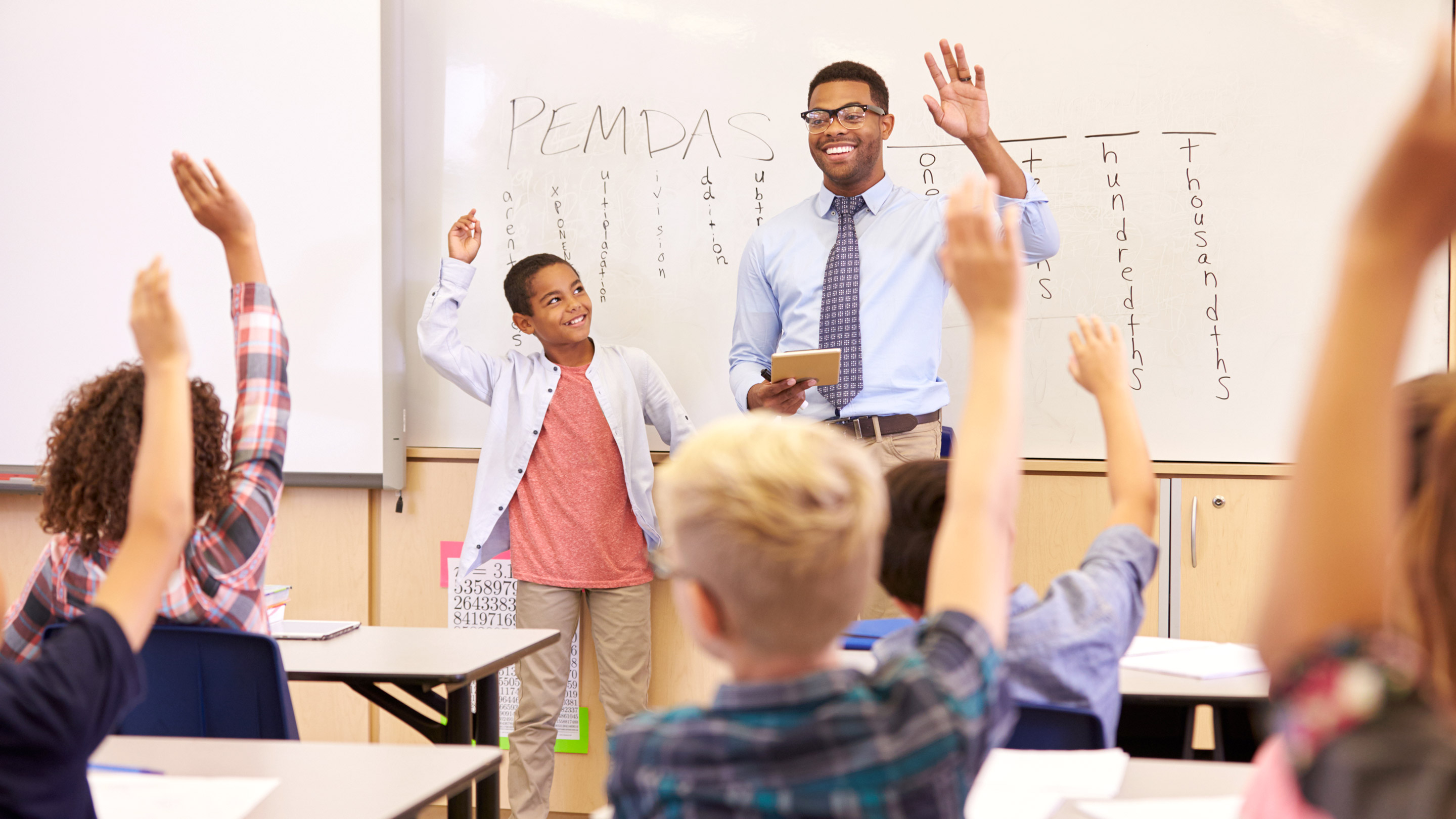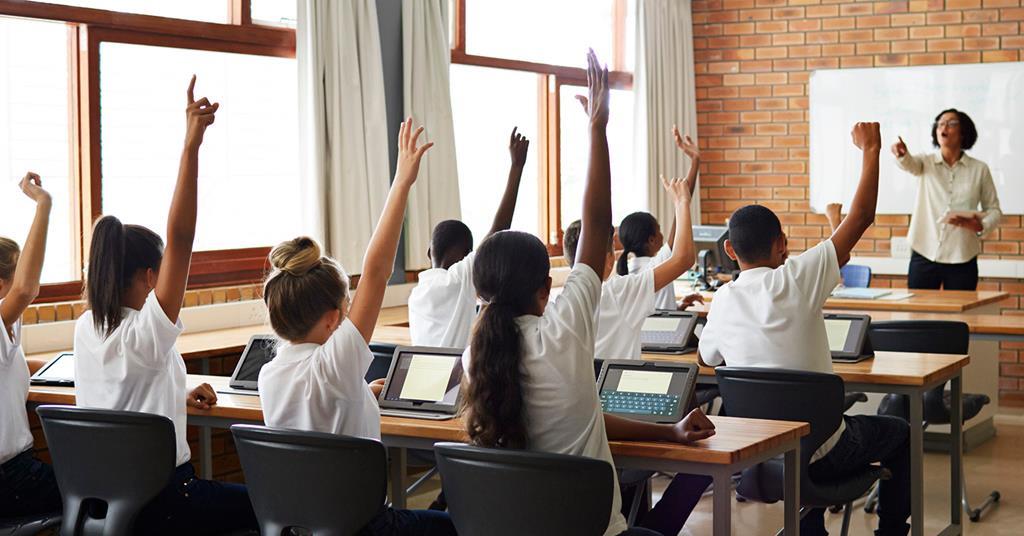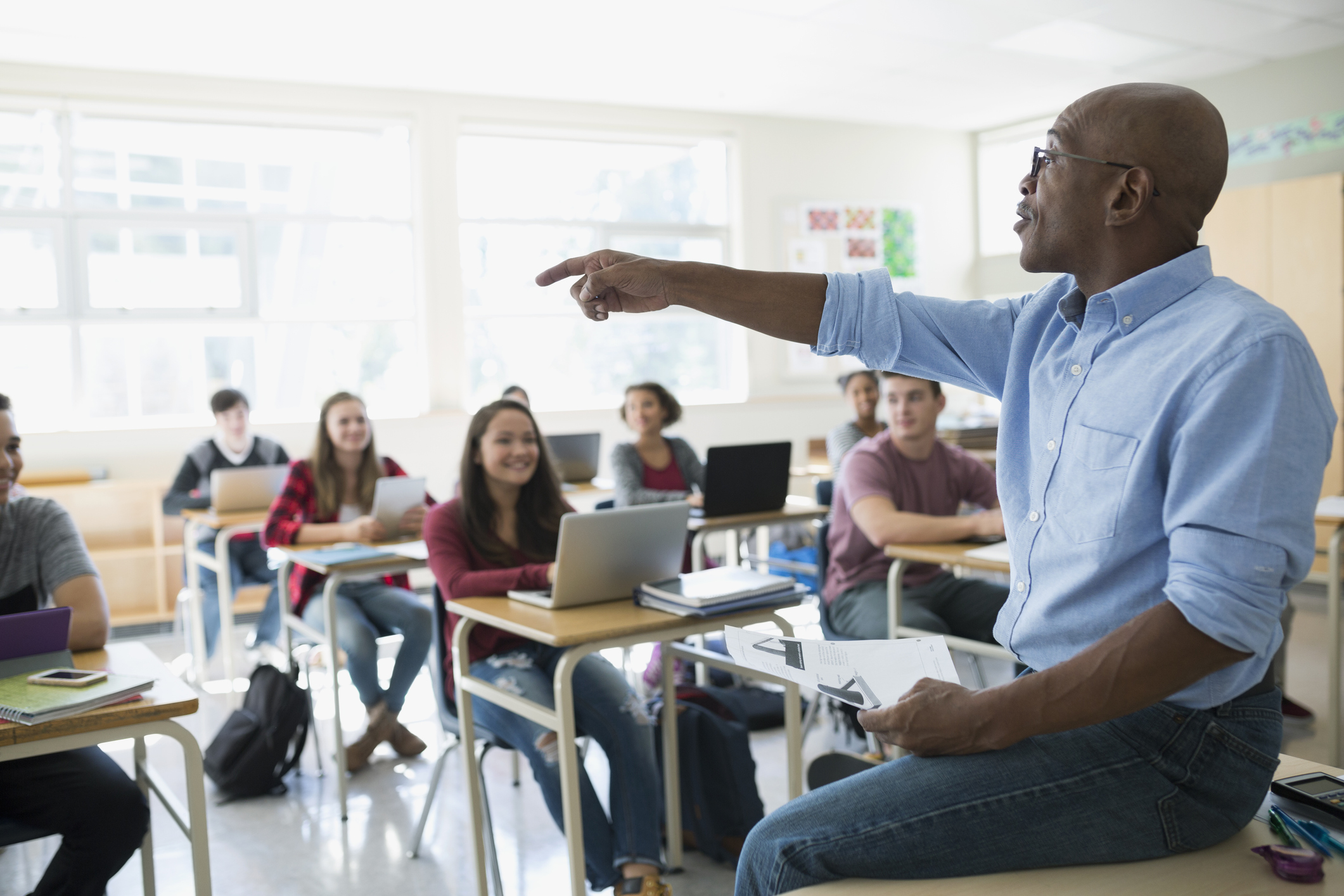Master Primary Science Concepts with Quality Tuition in Singapore
Discovering the Various Training Methods in Primary Science Education Today
The landscape of primary scientific research education and learning is advancing, with various mentor techniques acquiring prestige in modern class. Inquiry-based understanding, hands-on experiments, and the assimilation of innovation are redefining how instructors engage young minds. Furthermore, joint techniques and differentiated direction are being utilized to accommodate the varied demands of pupils, enhancing both engagement and understanding. As we take a look at these methods, questions emerge concerning their effectiveness and the ramifications for future instructional techniques. What might these shifts in method mean for the future generation of learners?
Inquiry-Based Learning
Inquiry-Based Learning (IBL) is an instructional approach that motivates students to explore clinical principles with wondering about, investigation, and hands-on testing. This approach emphasizes the duty of trainees as active participants in their understanding, advertising critical thinking and analytical abilities. By engaging with real-world concerns, trainees become interested and inspired, which enhances their understanding of scientific principles.
In IBL, instructors function as facilitators, directing students as they browse their queries as opposed to supplying information directly. This student-centered technique permits differentiation, accommodating various finding out paces and designs. Trainees establish skills in creating theories, creating experiments, and analyzing information, which are essential for clinical proficiency.
In addition, IBL cultivates partnership amongst pupils, encouraging them to share findings and ideas. This collective inquiry advertises social abilities and a sense of area within the class. The process of questions urges durability, as trainees discover to welcome failing as a tipping stone towards understanding.
Hands-On Experiments
Hands-on experiments are a crucial element of effective science education and learning, enhancing the principles of inquiry-based knowing. These experiments permit pupils to involve directly with clinical principles, fostering a deeper understanding through experiential learning. By controling products and observing outcomes, young students can understand abstract theories in concrete means.
Such tasks promote vital reasoning and analytic skills, as students assume outcomes, conduct experiments, and evaluate results. This procedure encourages them to ask questions, refine their understanding, and establish a scientific frame of mind. Hands-on experiments can be customized to varied understanding styles, making certain that all pupils have the chance to involve meaningfully with the content.
In addition, hands-on experiments typically encourage partnership amongst peers, promoting teamwork and interaction abilities. Operating in teams allows students to share concepts, discuss searchings for, and gain from one an additional, which improves their general educational experience.
Including hands-on experiments into the main scientific research curriculum not only enriches the discovering environment yet also cultivates a lifelong rate of interest in scientific research. By proactively joining their education and learning, pupils are most likely to create a passion for clinical query that extends past the class.

Modern Technology Assimilation
Incorporating modern technology into main science education has come to be increasingly necessary in fostering student interaction and enhancing learning outcomes. The usage of digital tools, such as interactive simulations, digital labs, and academic software program, supplies pupils with chances to explore clinical ideas in cutting-edge methods. These sources facilitate a much deeper understanding of complex topics by allowing students to picture and adjust variables that would be unwise in a standard class setting.
Additionally, innovation combination urges individualized learning experiences. Trainees can progress at their own rate, revisiting difficult concepts with multimedia sources, which cater to various discovering styles. This flexibility not only supports specific development however likewise grows a sense of autonomy in learners.
In addition, modern technology functions as a bridge to real-world scientific research, connecting pupils with existing study and specialist contributions. Access to clinical journals and on the internet databases widens trainees' viewpoints on clinical inquiry and cultivates crucial believing skills.
Collaborative Learning
Collective learning plays a crucial duty in key science education by fostering synergy and communication abilities among pupils. This technique urges learners to interact, share expertise, and engage in analytic, which improves their understanding of clinical principles. By taking part in team activities, students find out to articulate their concepts, pay attention to varied point of views, and discuss services, every one of which are crucial abilities in both scholastic and real-world contexts.

Study indicates that joint knowing can dig this bring about enhanced motivation and involvement in scientific research subjects, as pupils discover enjoyment in shared experiences (primary science tuition Singapore). Additionally, this strategy prepares students for future joint ventures, furnishing them with the abilities necessary for reliable synergy in higher education and expert environments. Eventually, accepting collaborative discovering in main science education can dramatically improve the learning experience and advertise a deeper understanding of scientific query
Distinguished Instruction

Distinguished guideline can show up in numerous ways, such as varying the web content, processes, or items of knowing. Instructors may utilize tiered jobs that supply differing levels of complexity, allowing trainees to function at their particular preparedness levels. Furthermore, adaptable organizing techniques can facilitate collaboration among pupils with different capabilities, cultivating peer understanding.
Evaluation plays an essential role in this strategy, as it informs direction and helps instructors recognize each pupil's distinct needs. Formative assessments, such as quizzes and observations, can lead educators in readjusting their this content techniques to enhance discovering end results. primary science tuition Singapore. Eventually, by applying set apart guideline in key scientific research education and learning, instructors can cultivate a much more efficient and fair learning atmosphere, encouraging all students to reach their full potential in comprehending scientific sensations
Final Thought
In summary, the diverse training approaches in main science education and learning, consisting of inquiry-based learning, hands-on experiments, modern technology combination, joint learning, and set apart guideline, collectively add to an extra effective discovering environment. These methods promote crucial thinking, problem-solving skills, and a much deeper comprehension of clinical principles. find this By executing these methods, educators can develop helpful and interesting class that address the diverse demands of pupils, eventually fostering a lifelong interest in scientific research and enhancing scholastic achievement.
Inquiry-Based Discovering (IBL) is a pedagogical approach that encourages students to discover scientific ideas through questioning, investigation, and hands-on testing.Joint discovering plays an important duty in key scientific research education by fostering teamwork and interaction skills amongst pupils.Study shows that joint knowing can lead to enhanced motivation and involvement in scientific research subjects, as trainees locate satisfaction in common experiences.In promoting a comprehensive knowing atmosphere, set apart instruction emerges as an essential method to accommodate the varied needs and abilities of trainees in main science education. Ultimately, by executing separated direction in main science education and learning, educators can grow an extra efficient and fair learning atmosphere, encouraging all students to reach their complete possibility in recognizing clinical phenomena.